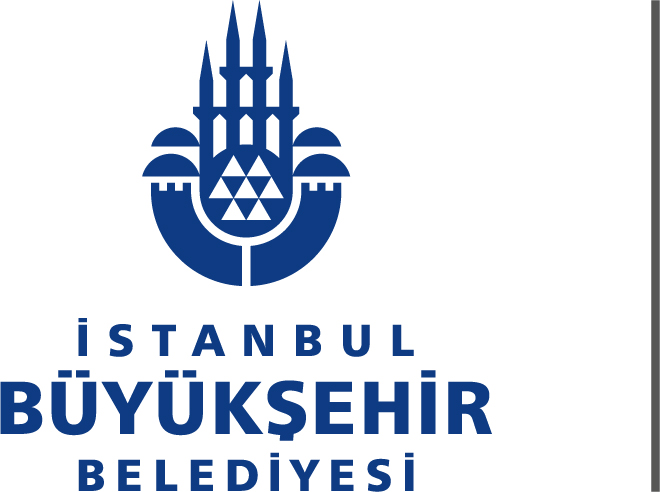
Objectives of Istanbul SUMP
The Istanbul SUMP vision is based on nine main objectives that are aimed to be achieved as the planning studies in Istanbul progress.
For each of the objectives, a set of indicators have been developed to monitor during the implementation of the Istanbul SUMP. For each indicator, a basic value was tried to be defined and targets were developed. Indicators and targets will be monitored at certain time intervals.

Objectives 1
Have an accessible, affordable, integrated and inclusive transportation system.
Percentage of the poorest quintile (lowest 20%) of the population’s household budget spent on transportation
5% (poorest quintile)
Percentage of jobs accessible within 30 min of PT travel time
%30
Percentage of population within 15 min travel time by public transport or 10 min travel time by active modes to rail transit and BRT stations
30% increase
Percentage of rail transit and BRT stations with step-free access
100% compliance
Percentage of buses that are wheelchair accessible, and have provisions for the visual and hearing impaired
100% compliance
Percentage of bus stops that are wheelchair accessible, including streets within 250 m radius of bus stops
50%-100% compliance
Average travel time to and from work or an educational establishment, using any mode of transport
Work trips 30 min.
School trips: 15 min.

Objectives 2
Have an environmentally sustainable transportation system
Have an environmentally sustainable transportation system.
Per capita well-to-wheel GHG emissions by all urban area passenger and freight transport modes.
60% reduction
Share of electric, hybrid, hydrogen vehicles used in the PT fleet
%100 for buses and rail.
Share of electric, hybrid, hydrogen cars and taxis
%50
Percentage of population affected by different urban transport noise levels
Total affected over 65 dB decrease by 75%,
Total affected over 55 dB decrease by 50%

Objectives 3
Have an economically sustainable and resilient transportation system.
Have an economically sustainable and resilient transportation system.
Cost recovery (revenue/cost) ratios of PT operators
Maintain minimum of: 0.8 for metro 0.6 for bus 0.9 for ferries

Objectives 4
Improve the safety and security of transport and travelling.
Improve the safety and security of transport and travel.
Per capita fatalities
Zero fatalities in traffic accident in central areas (mixed-use)
60% reduction in main arterials
Per capita serious injuries
70% reduction

Objectives 5
Reduce traffic volumes, congestion and automobile dependency.
Reduce traffic volumes, congestion and automobile dependency.
Delays in road traffic during peak hours compared to off-peak travel (private road traffic)
15% reduction
Sum of weighted averages of vehicle traffic during 4 morning and evening peak hours over 10 representative corridors
40% reduction
Sum of reductions in on-street and offstreet vehicle parking spaces removed in 10 representative central areas
80% on-street and off-street parking spaces removed

Objectives 6
Stimulate the modal shift to public transport.
Share of PT in total modal split
% 35
The perceived satisfaction of using public transport
85%-90% for rail transit and sea,
75%-80% for bus
Percentage of the IMM budget allocated to public transport investments
To be defined after the completion of the current and under construction projects

Objectives 7
Stimulate the modal shift to active modes (walking and cycling).
Percentage of trips made by active modes
Walk 45%
Bicycle 5%
Walkability index
To be revised and published every 2 years after the completion of proposed project in the context of Pedestrian Master Plan and it is recommended to develop targets accordingly
Length of a dedicated cycle infrastructure
3,680 km

Objectives 8
Have a transportation system that promotes compact and polycentric development
Average trip lengths for work, school and other trips
20% reduction for each mode
Percentage of trips made by active modes
Walk 45%
Bicycle 5%

Objectives 9
Have an efficient city logistics system with minimal negative impact
Percentage of truck traffic to overall traffic in selected central areas for daytime hours (07:00–19:00)
50% reduction




